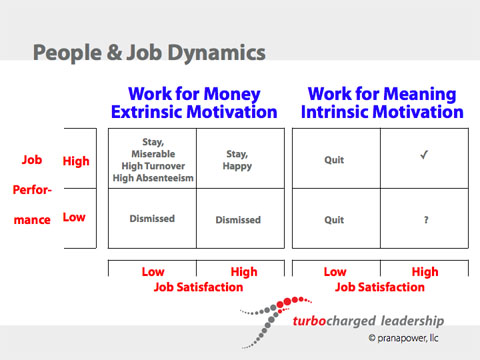Over the last week protests and riots have erupted in a swath across the globe from Tunisia to China. The two flash points have been the display of an Arabic version of a trailer for the movie Innocence of Muslims and the sale of the disputed Senkaku islands in the East China Sea.

The Innocence of Muslims is an overdubbed, poorly crafted film which sadly portrays the prophet Muhammad as a fool, a fake, and a womanizer. While individuals in the western world may find the film repugnant, they also understand the value of freedom of expression. Those of us raised in a culture where freedom of expression is appreciated can easily shrug off such poor attempts at inciting strong religious emotions.
However, in cultures where the Muslim faith is regarded more seriously—and freedom of expression is not necessarily so highly valued, at least on religious topics—it may be felt that protests are in order. Unfortunately, for individuals waiting for an excuse to protest and riot, faster than a speeding drone, they’ll be on the bandwagon.
The Senkaku islands (Diaoyudao in Chinese) have been in dispute between China and Japan ever since oil was discovered in 1968 under their surrounding seas. The government of Japan recently purchased the islands from a private Japanese family and this action has inflamed both the Chinese government and citizens. Two factors are likely in play, the desire for the oil resources and a continued resentment against the Japanese for the atrocities committed in China between 1931 and 1945.
So let’s bring this back into the world of leadership we live in every day. I find an analog for these global events to be situations where the entire team or organization is working from a morale deficit. These may be situations where massive layoffs or a traumatic incident has taken place. In such cases there are three things you can do—allow a period of grief and bring closure to the past, motivate the team toward the common goal, and keep the focus moving forward.
As humans we find it comforting to acknowledge our grief and to apply ritual to bring closure to unfortunate events. All cultures I know of, including primitive cultures, perform a ritual for the loss of a tribe or family member. And so it should be for your situation. Acknowledge the loss, discuss it and decide what you need to do to put it to rest. Then move on.
Focusing on a common goal can work to motivate the team as well as bring the focus away from internal pain. The parallel to this is the way savvy and despotic leaders of countries have used the ploy of attacking an outside enemy in order to deflect the spotlight. Working toward the common goal is a motivational tool all leaders should utilize.
Lastly, the universe is a forward-moving energy which never slows or ceases. Feel that energy and use your creativity to make it palpable to all team members. Work to get them on the bus and for the bus to move relentlessly forward.
There is no time to wallow in the past. Moments may arise where we as leaders must encourage a team member or two to make a decision—remain stuck in the past or move forward with the team. In my view it’s an easy decision. Let’s hop on the bus and get moving!
Concepts:
- Acknowledge the loss or trauma and bring it to closure
- Focus on the common goal
- Keep the energy and focus on moving forward
Keywords: leadership, trauma, grief, protests, riots, Innocence of Muslims, Senkaku islands, Diaoyudao islands, ritual, energy
Share on Facebook


